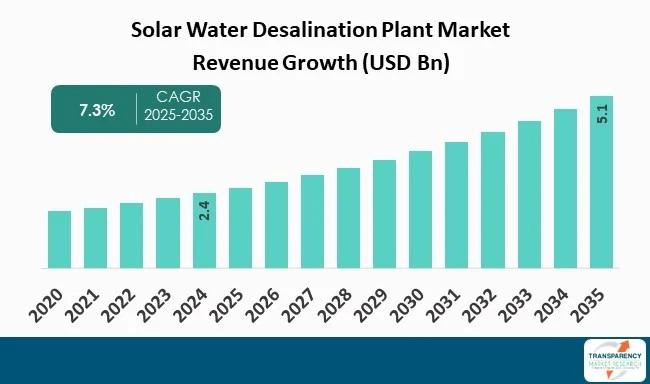Yemen: Water situation worsens amid scant rains – nrc.no

Yemen’s Escalating Water Crisis: A Direct Threat to Sustainable Development Goals
Executive Summary
Yemen is facing a severe water crisis, exacerbated by a projected 40% decrease in rainfall in certain regions. This situation places 15 million water-insecure individuals at extreme risk, undermining progress towards multiple Sustainable Development Goals (SDGs). The crisis impacts not only access to safe drinking water and sanitation (SDG 6) but also public health (SDG 3), food security (SDG 2), poverty reduction (SDG 1), and gender equality (SDG 5). Urgent humanitarian intervention, supported by international partnerships (SDG 17), is required to prevent a catastrophe.
The State of Water Insecurity and its Impact on SDG 6 and SDG 1
Climatic Pressures and Water Scarcity
The diminishing rainfall is intensifying an already dire situation, directly challenging the achievement of SDG 6: Clean Water and Sanitation. With millions lacking reliable access to safe water, the fundamental requirements for life and hygiene are unmet. Angelita Caredda, NRC’s Regional Director, states that water is a lifeline, essential for drinking, health, disease prevention, agriculture, and livestock.
Socioeconomic Burdens and Inequality
The crisis disproportionately affects the most vulnerable, impeding progress on SDG 1: No Poverty and SDG 5: Gender Equality.
- Economic Hardship: In Taiz, the cost of 1,000 litres of water for domestic use has risen to 5 US Dollars, an amount equivalent to a daily labourer’s wage, pushing families deeper into poverty.
- Gendered Impact: Women and children are often forced to travel long distances to fetch water, exposing them to significant risks. A displaced mother, Kudafah, recounted walking three kilometres for non-potable water, highlighting the physical toll and dangers involved.
Compounding Crises: Health, Hunger, and Well-being
Public Health Ramifications (SDG 3)
The consumption of unsafe water is leading to severe health consequences, a direct setback for SDG 3: Good Health and Well-being. Displaced communities report an increase in kidney diseases and other waterborne illnesses, demonstrating the critical link between water quality and public health.
Food and Water Emergency (SDG 2)
The water shortage has precipitated a food crisis, threatening SDG 2: Zero Hunger. Millions of Yemenis are forced to reduce their food consumption as their ability to water crops and care for animals diminishes. The situation is described as a dual food and water emergency, with food security projected to worsen significantly between September 2025 and February 2026.
Humanitarian Response and the Call for Global Partnership (SDG 7 & SDG 17)
Current Interventions
In response to the crisis, the Norwegian Refugee Council (NRC) is implementing solutions that align with sustainable development principles. These interventions include:
- Rehabilitating the main water well in Gawl Al-Saddah camp, Abyan governorate.
- Providing displacement camps with water tanks.
- Installing elevated water tanks and repairing water sources in Marib, Taiz, and Amran.
- Implementing solar energy systems for water pumping, contributing to SDG 7: Affordable and Clean Energy.
In 2024 alone, these efforts have provided over 50,000 people with access to safe drinking water and sanitation services.
Critical Funding Gaps and the Imperative of SDG 17
The humanitarian response is critically underfunded, jeopardizing the progress made and highlighting a failure in SDG 17: Partnerships for the Goals. Donors have provided only 10% of the necessary funding for water and sanitation projects this year. The overall Yemen Humanitarian Response Plan for 2025 has secured just 13% of its required funding. The NRC has issued an urgent appeal for donors to reverse funding cuts and act swiftly to provide Yemenis with access to safe water.
Key Data Points
- 19.5 million people in Yemen require humanitarian assistance in 2025.
- 15 million Yemenis are currently water insecure.
- 18.1 million people are expected to face crisis levels of food insecurity by February 2026.
- The humanitarian funding appeal for water and sanitation is only 10% funded for the current year.
- The NRC has provided 52,553 people with access to safe water and sanitation in 2024.
Analysis of Sustainable Development Goals in the Article
1. Which SDGs are addressed or connected to the issues highlighted in the article?
The article on the water crisis in Yemen addresses several interconnected Sustainable Development Goals (SDGs). The analysis reveals connections to the following goals:
- SDG 6: Clean Water and Sanitation: This is the central theme of the article. It extensively discusses the lack of access to safe drinking water and reliable sanitation for millions of Yemenis, the soaring costs of water, and the efforts by organizations like NRC to rehabilitate water infrastructure. The article states, “15 million people who are water insecure in a precarious state without safe drinking water or reliable sanitation.”
- SDG 2: Zero Hunger: The water crisis is directly linked to food security. The article highlights that water is essential for “water crops and to care for animals” and that “Yemen faces a food and water emergency.” It also notes that “Millions have to cut down on their meals,” connecting water scarcity directly to hunger.
- SDG 3: Good Health and Well-being: The article explicitly connects the consumption of unsafe water to negative health outcomes. It mentions that “more people are suffering from kidney diseases as they consume unsafe water” and that clean water is vital to “prevent the spread of disease.”
- SDG 1: No Poverty: The economic burden of the water crisis is a key issue. The article points out that in Taiz, “1,000 litres of domestic water… now costs 5 US Dollars – equivalent to a daily labourer’s wage,” pushing already vulnerable populations further into poverty by forcing them to spend a significant portion of their income on a basic necessity.
- SDG 5: Gender Equality: The article highlights the disproportionate impact of water scarcity on women and children. It states, “women and children have to walk long distances to fetch water, a journey fraught with risks,” which underscores the gendered nature of domestic labor and the specific vulnerabilities faced by women and girls.
- SDG 17: Partnerships for the Goals: The article concludes with a strong emphasis on the need for international cooperation and funding. It criticizes the lack of financial support, stating, “Just 10 per cent of the funding needed for water and sanitation work has been provided by donors so far this year.” This calls for stronger partnerships to mobilize financial resources for humanitarian aid.
2. What specific targets under those SDGs can be identified based on the article’s content?
Based on the issues discussed, the following specific SDG targets can be identified:
- Target 6.1: By 2030, achieve universal and equitable access to safe and affordable drinking water for all.
- The article’s core focus is on the 15 million Yemenis who are “water insecure” and lack “safe drinking water,” directly addressing the goal of universal access. The high cost of water, “equivalent to a daily labourer’s wage,” also relates to the affordability aspect of this target.
- Target 6.2: By 2030, achieve access to adequate and equitable sanitation and hygiene for all and end open defecation, paying special attention to the needs of women and girls and those in vulnerable situations.
- The article mentions the lack of “reliable sanitation” and NRC’s work in providing “sanitation services,” which directly aligns with this target.
- Target 6.b: Support and strengthen the participation of local communities in improving water and sanitation management.
- NRC’s intervention, which “rehabilitated the main water well in in Gawl Al-Saddah camp” and involved displaced communities, reflects the principle of supporting local communities to manage their water resources.
- Target 2.1: By 2030, end hunger and ensure access by all people, in particular the poor and people in vulnerable situations, including infants, to safe, nutritious and sufficient food all year round.
- The statement that “Yemen faces a food and water emergency” and that millions “have to cut down on their meals” directly relates to ending hunger and ensuring access to sufficient food.
- Target 3.3: By 2030, end the epidemics of AIDS, tuberculosis, malaria and neglected tropical diseases and combat hepatitis, water-borne diseases and other communicable diseases.
- The article’s mention of the need for clean water to “prevent the spread of disease” and the rise in kidney diseases from unsafe water consumption points to the challenge of combating water-borne diseases.
- Target 5.4: Recognize and value unpaid care and domestic work through the provision of public services, infrastructure and social protection policies and the promotion of shared responsibility within the household and the family as nationally appropriate.
- The description of “women and children have to walk long distances to fetch water” highlights the burden of unpaid domestic work, which this target aims to address through better infrastructure, such as accessible water sources.
- Target 17.3: Mobilize additional financial resources for developing countries from multiple sources.
- The call for donors to “act swiftly to reverse these cuts” and the fact that “Just 10 per cent of the funding needed for water and sanitation projects has been supplied this year” directly addresses the need to mobilize financial resources.
3. Are there any indicators mentioned or implied in the article that can be used to measure progress towards the identified targets?
The article provides several quantitative and qualitative indicators that can be used to measure progress:
- For Targets 6.1 & 6.2:
- Indicator: Proportion of population using safely managed drinking water and sanitation services (Indicators 6.1.1 & 6.2.1).
- Data from article: “15 million Yemenis are water insecure.” Conversely, progress is shown by the fact that “NRC provided 52,553 people access safe drinking water and sanitation services” in 2024.
- For Target 2.1:
- Indicator: Prevalence of moderate or severe food insecurity in the population (Indicator 2.1.2).
- Data from article: “Food security in Yemen is projected to worsen… with an estimated 18.1 million people expected to Crisis levels or worse.”
- For Target 3.3:
- Indicator: Incidence of water-borne diseases (related to Indicator 3.3.2).
- Data from article: The article implies this indicator by stating that “more people are suffering from kidney diseases as they consume unsafe water,” although it does not provide a specific rate.
- For Target 1.4:
- Indicator: Proportion of population with access to basic services (Indicator 1.4.1), with affordability as a key component.
- Data from article: The cost of “1,000 litres of domestic water” is “5 US Dollars – equivalent to a daily labourer’s wage,” serving as a direct measure of the lack of affordability.
- For Target 5.4:
- Indicator: Proportion of time spent on unpaid domestic and care work (Indicator 5.4.1).
- Data from article: The article implies this through the testimony of Kudafah, who “used to walk for three kilometres to fetch a jerrycan of water,” indicating the significant time and effort spent on this task by women.
- For Target 17.3:
- Indicator: Additional financial resources mobilized for developing countries (Indicator 17.3.1).
- Data from article: The funding gap is clearly indicated: “Just 10 per cent of the funding needed for water and sanitation work has been provided by donors so far this year.”
4. Summary Table of SDGs, Targets, and Indicators
| SDGs | Targets | Indicators Identified in the Article |
|---|---|---|
| SDG 6: Clean Water and Sanitation | 6.1: Achieve universal and equitable access to safe and affordable drinking water for all. 6.2: Achieve access to adequate and equitable sanitation and hygiene for all. |
– 15 million people are water insecure. – Cost of 1,000 litres of water is equivalent to a daily wage. – 52,553 people provided with access to safe water and sanitation by NRC. |
| SDG 2: Zero Hunger | 2.1: End hunger and ensure access by all people… to safe, nutritious and sufficient food all year round. | – 18.1 million people are projected to face crisis levels of food insecurity. – “Millions have to cut down on their meals.” |
| SDG 3: Good Health and Well-being | 3.3: Combat water-borne diseases and other communicable diseases. | – Reports of people suffering from kidney diseases due to unsafe water. |
| SDG 1: No Poverty | 1.4: Ensure that all men and women… have equal rights to economic resources, as well as access to basic services. | – High cost of water (5 USD for 1,000 litres) consuming a full day’s wage for a laborer. |
| SDG 5: Gender Equality | 5.4: Recognize and value unpaid care and domestic work. | – Women and children walk long distances (e.g., three kilometers) to fetch water. |
| SDG 17: Partnerships for the Goals | 17.3: Mobilize additional financial resources for developing countries. | – Only 10% of required funding for water and sanitation projects has been provided by donors. |
Source: nrc.no

What is Your Reaction?
 Like
0
Like
0
 Dislike
0
Dislike
0
 Love
0
Love
0
 Funny
0
Funny
0
 Angry
0
Angry
0
 Sad
0
Sad
0
 Wow
0
Wow
0
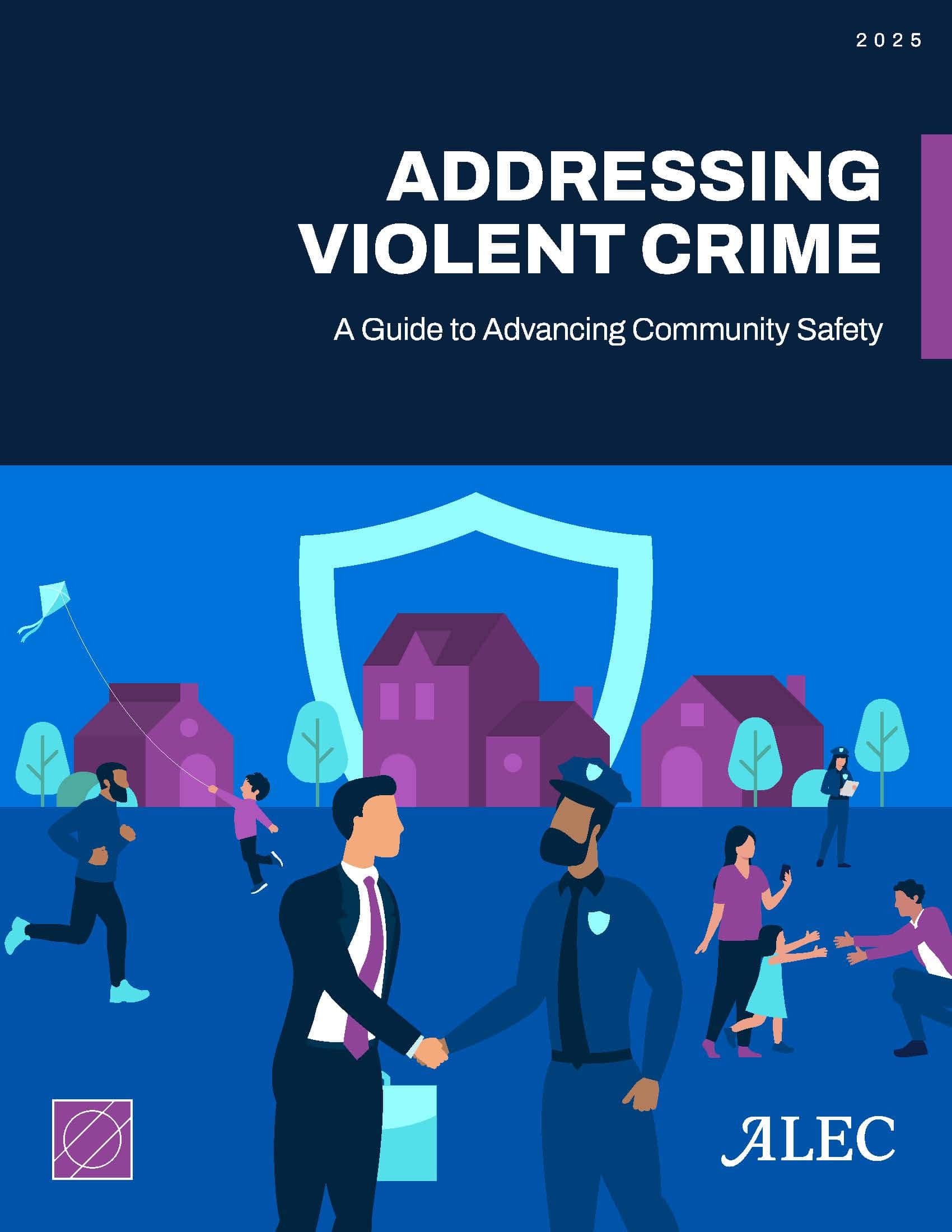














;Resize=805#)








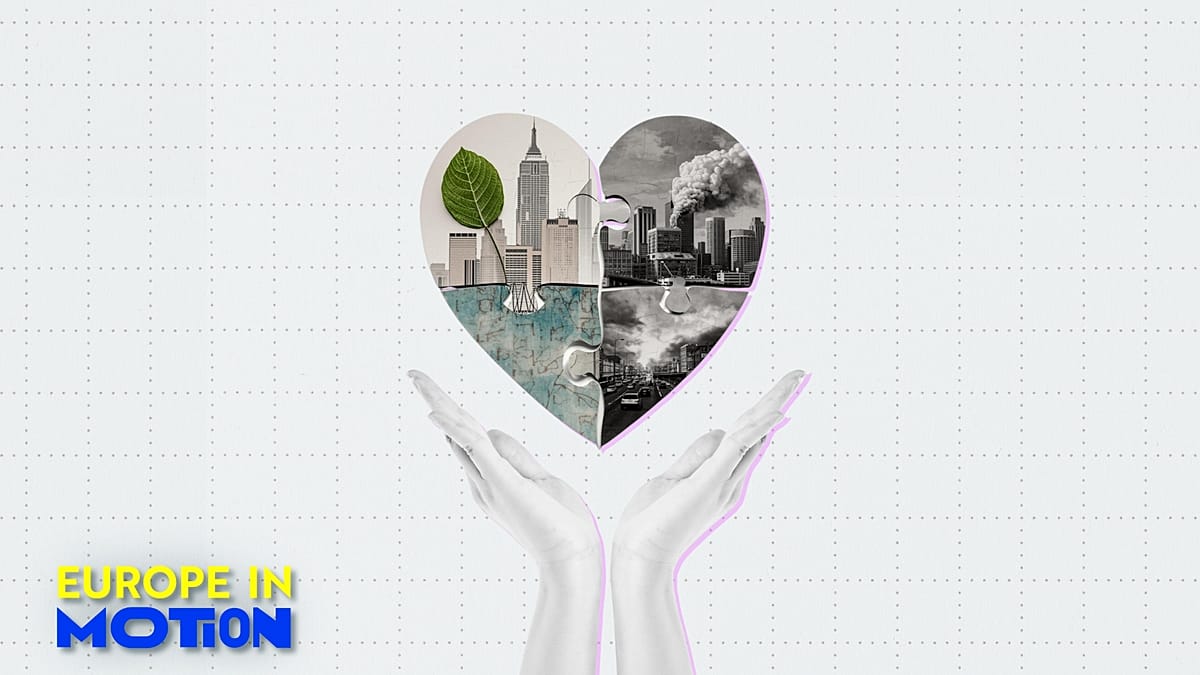







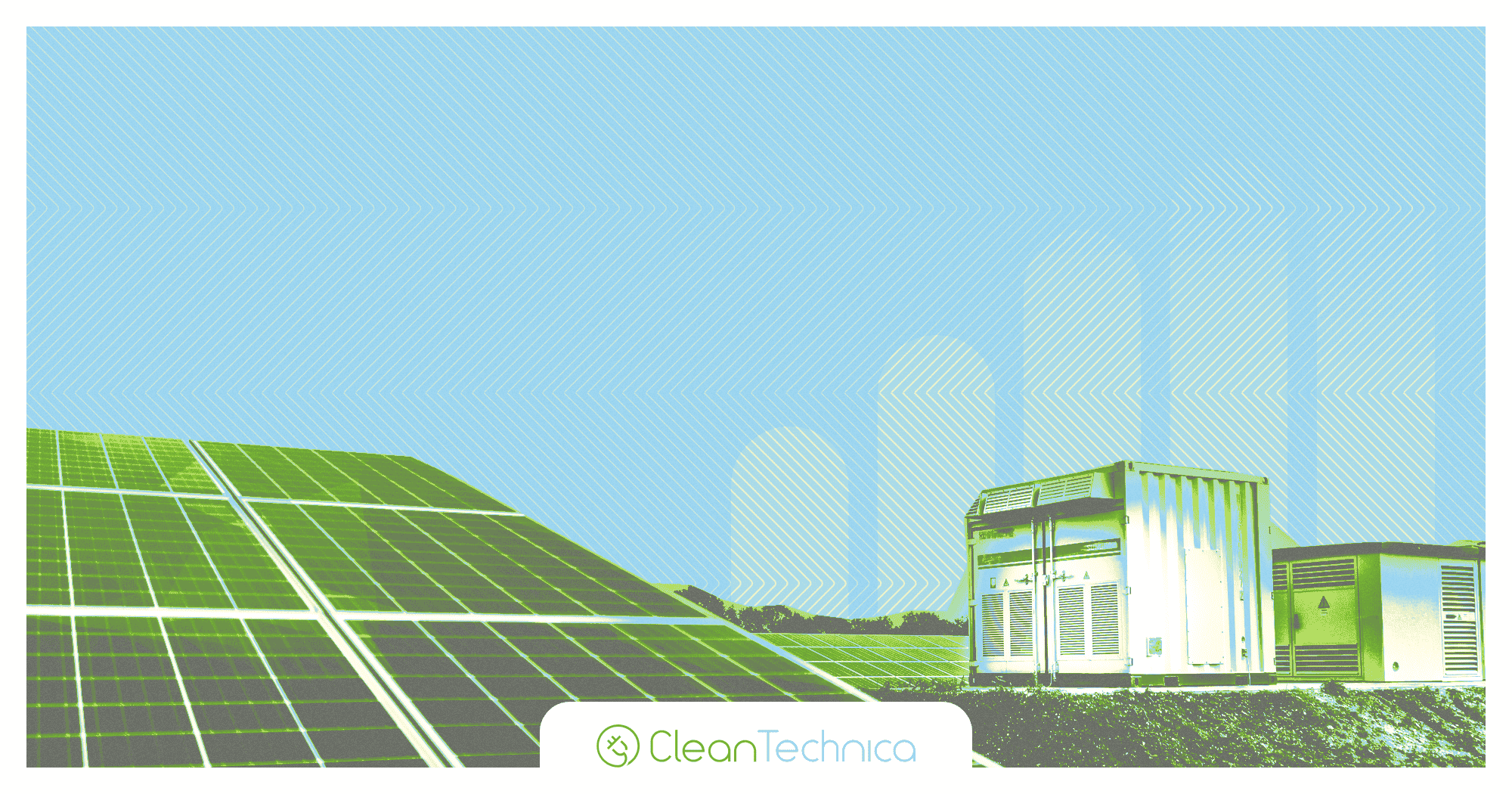






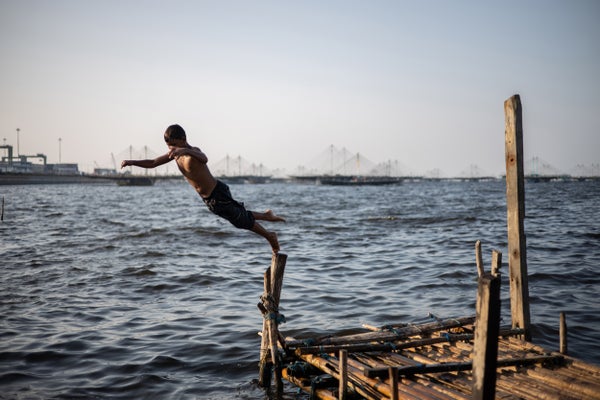









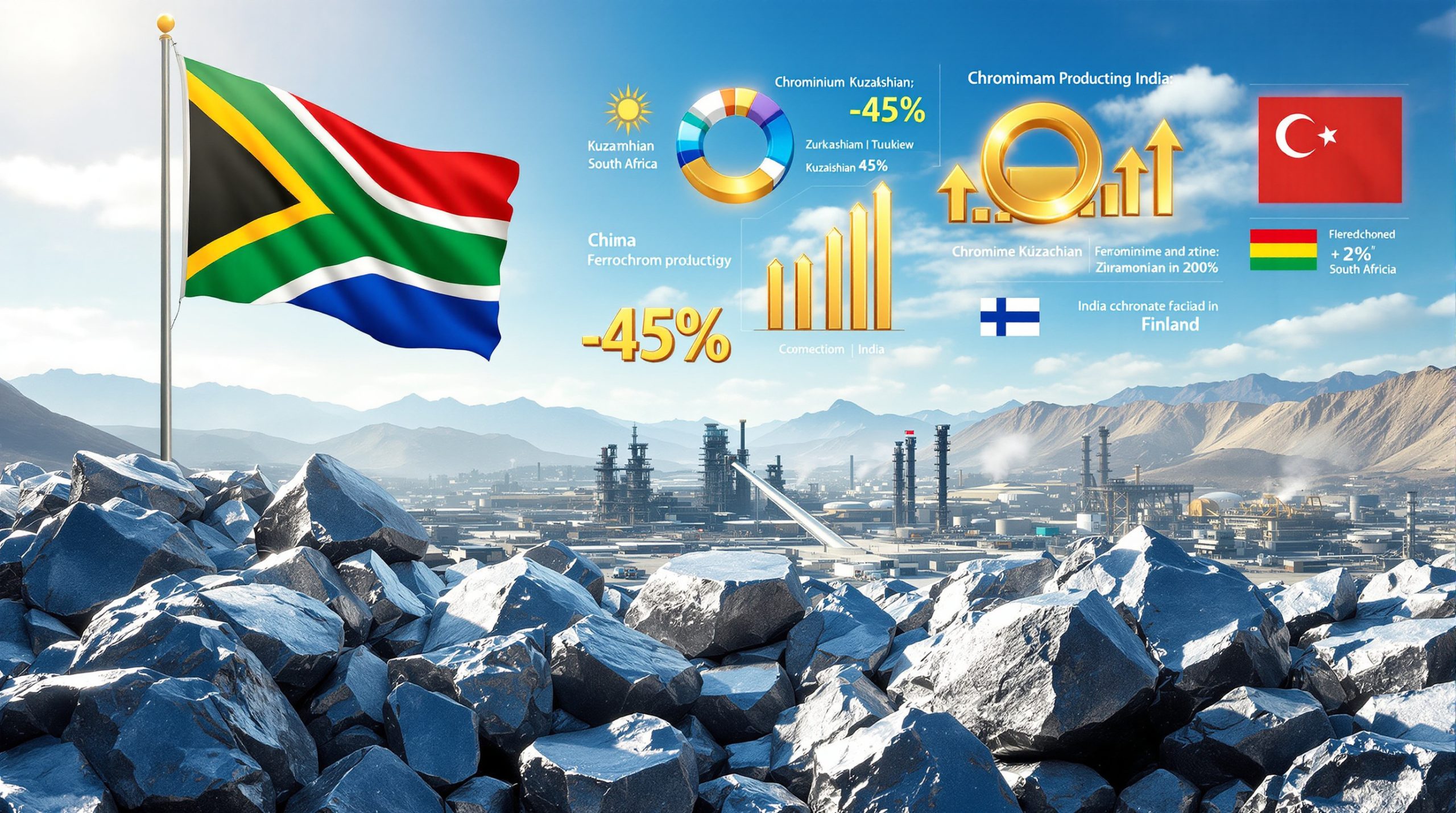





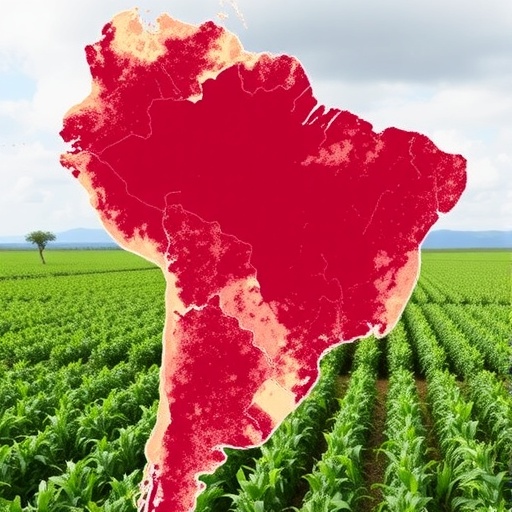

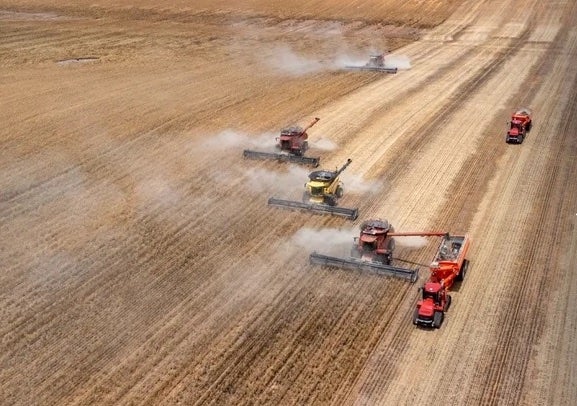


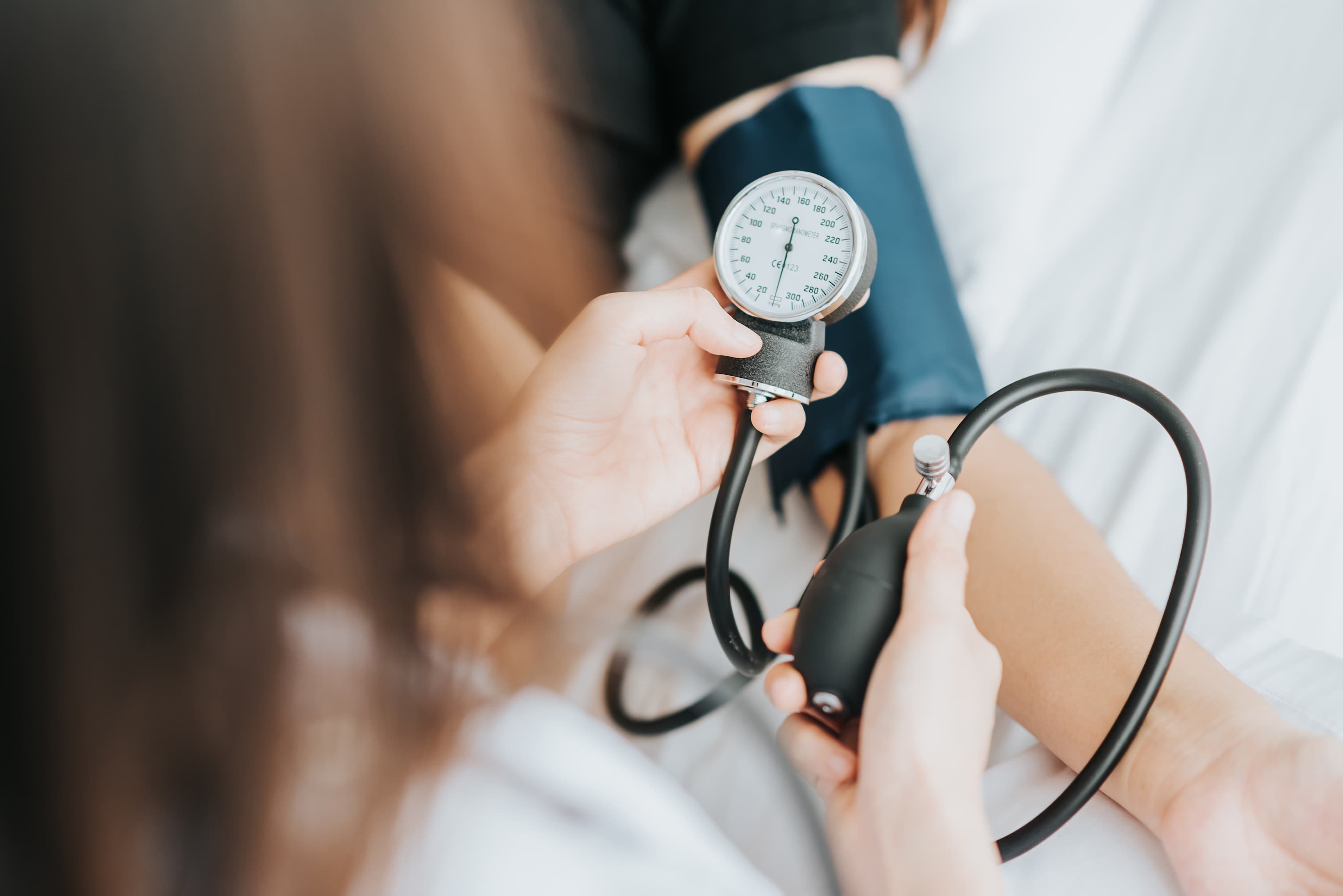






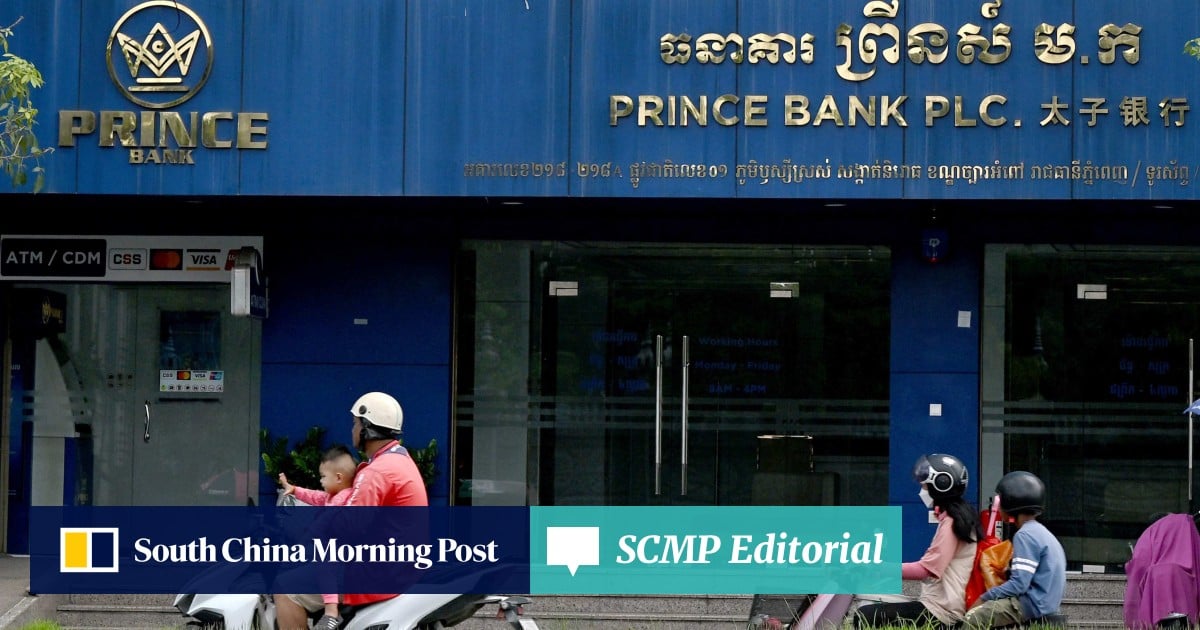
.jpg?#)

